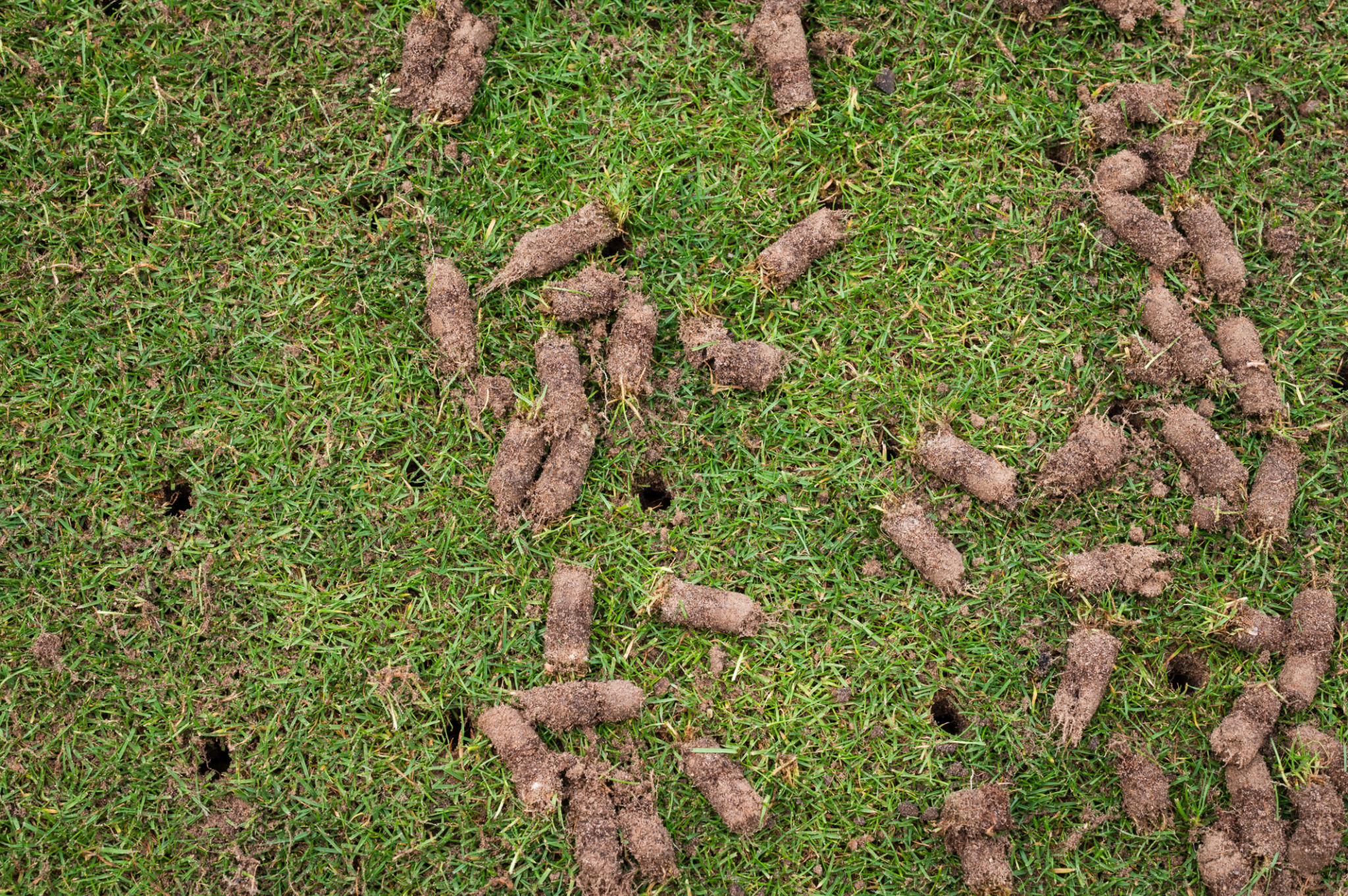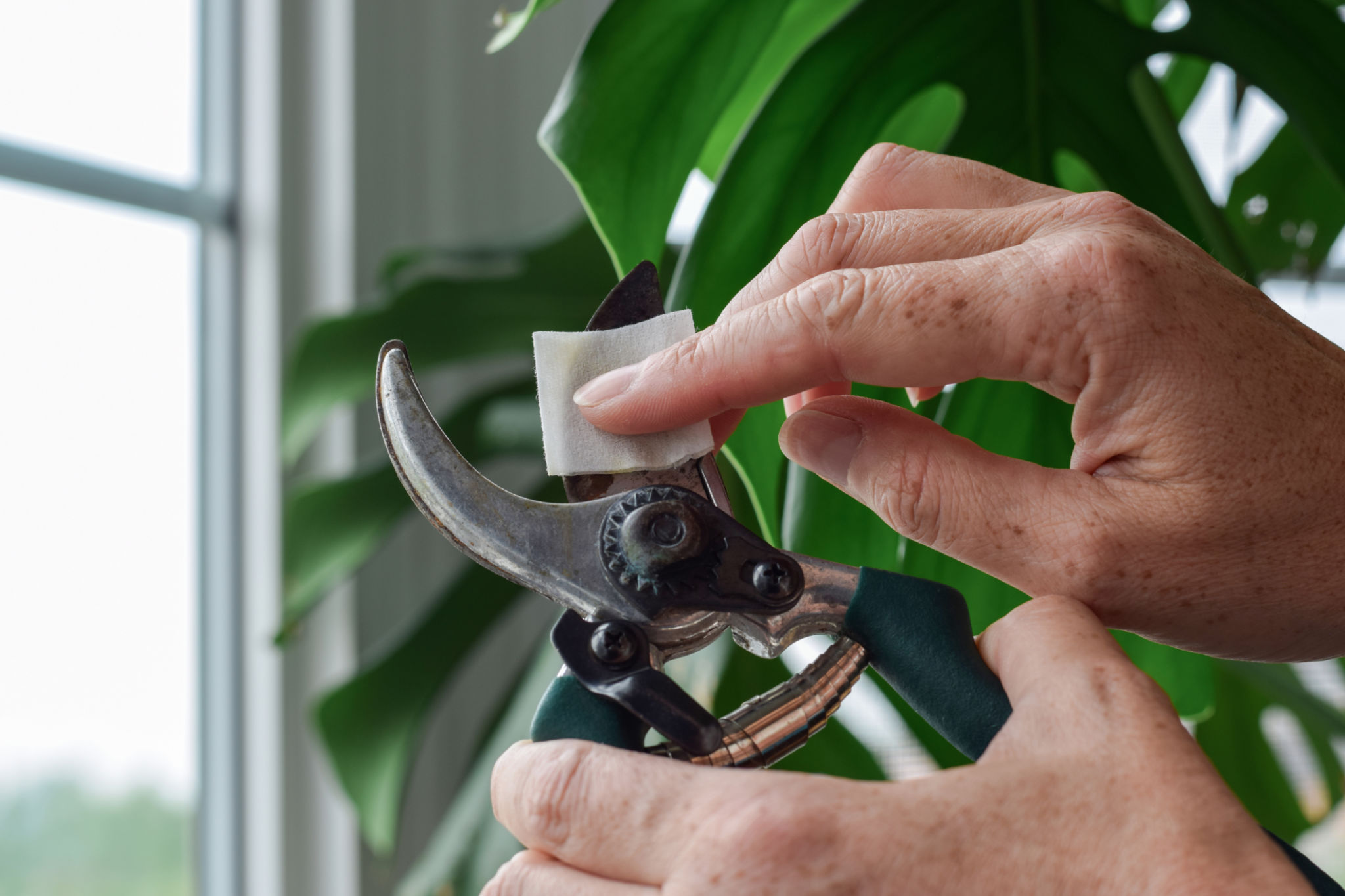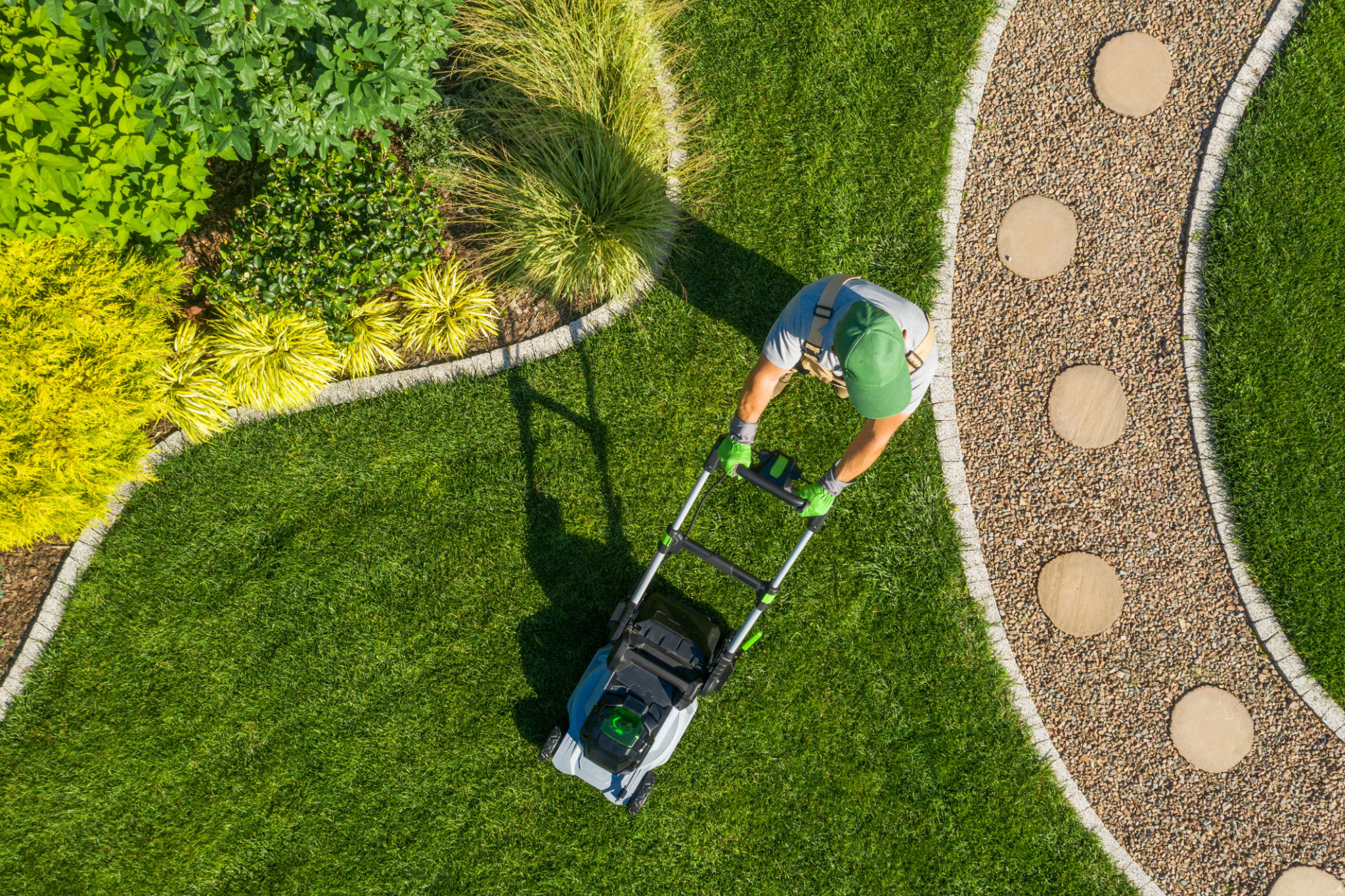Understanding the Importance of Seasonal Lawn Aeration in Texas
What Is Lawn Aeration?
Lawn aeration is a crucial maintenance practice that involves perforating the soil with small holes to allow air, water, and nutrients to penetrate the grass roots. This process helps the roots grow deeply and produces a more vigorous lawn. For homeowners in Texas, where the climate can be particularly demanding, understanding and implementing seasonal lawn aeration is vital for maintaining a healthy and lush lawn.

Why Is Aeration Important in Texas?
Texas is known for its hot and often dry climate, which can place significant stress on lawns. The soil in Texas, particularly in areas with high clay content, can become compacted over time, making it difficult for essential nutrients and water to reach the roots. **Aerating your lawn alleviates soil compaction** and ensures that grass receives the nourishment it needs to thrive, even in challenging conditions.
Moreover, aeration helps break up thatch, a layer of dead grass and roots that can build up on the soil surface. Excessive thatch can prevent water and nutrients from penetrating the soil, leading to poor grass health. By aerating regularly, homeowners can reduce thatch buildup and promote a healthier lawn ecosystem.
Best Times for Aeration in Texas
The timing of lawn aeration is critical to its effectiveness. In Texas, the most beneficial times to aerate are during the growing seasons: spring and fall. **Spring aeration** allows grass to recover quickly and take advantage of the upcoming growing season. Fall aeration helps prepare the lawn for winter dormancy by ensuring it has adequate nutrients and root strength.

During these periods, the grass is in an active growth phase, which means it can recover quickly from the aeration process. Aerating during these times also allows for better seed-to-soil contact if you’re overseeding your lawn.
The Aeration Process
There are two primary methods of aeration: core aeration and spike aeration. **Core aeration**, which involves removing small plugs of soil from the lawn, is generally more effective as it alleviates compaction more thoroughly. **Spike aeration**, on the other hand, involves poking holes into the ground with a solid tine or fork. While this method is less effective in relieving compaction, it can be a quick fix for small areas.
For homeowners looking to tackle this task themselves, renting an aerator from a local garden center can be a cost-effective option. However, professional lawn care services offer expertise and efficiency, ensuring that your lawn receives optimal care.

Additional Benefits of Aeration
In addition to reducing soil compaction and thatch buildup, regular aeration offers several other benefits. It improves water uptake by the soil, makes fertilizer application more effective, enhances root growth, and reduces water runoff. These advantages are particularly important in Texas, where water conservation is often a concern due to drought conditions.
Aeration also encourages healthier turf by improving the exchange of air between the soil and the atmosphere. This enhanced air exchange allows for better microbial activity in the soil, which is crucial for breaking down organic matter and releasing nutrients that plants need to grow.
Conclusion
Understanding the importance of seasonal lawn aeration in Texas is essential for maintaining a vibrant and resilient lawn. By aerating during the optimal seasons of spring and fall, homeowners can ensure their lawns receive the necessary nutrients and care to withstand Texas's challenging weather conditions. Whether you choose to do it yourself or hire a professional service, regular aeration should be a cornerstone of your lawn care routine.
